Introduction
Meal prep containers have become a kitchen staple for anyone striving to eat healthier, save time, and cut back on food waste. From fitness lovers to busy parents, the right storage containers can transform your meal planning game. In this comprehensive guide, we explore top-rated meal prep containers, their benefits, best brands like Rubbermaid, and tips for effective usage.
Why Meal Prep Containers Matter
Meal prepping is more than just cooking ahead of time—it’s a lifestyle that encourages discipline, smart eating, and kitchen efficiency.
Benefits for Health and Budget
- Portion control: Helps maintain calorie targets and avoid overeating
- Nutritious eating: Encourages balanced meals with pre-measured proteins, carbs, and veggies
- Less impulse eating: Reduces temptation to order fast food
- Saves money: Bulk cooking and using food storage containers cuts grocery and takeout expenses
- Consistency: Supports health goals like weight loss or muscle gain
Reducing Waste and Kitchen Stress
- Reusable containers: Minimize plastic wrap, foil, and disposable bags
- Organized fridge and pantry: See what’s ready at a glance
- Less spoilage: Meals are consumed within days, avoiding forgotten leftovers
Top Features to Look for in Meal Prep Containers
Choosing the right container makes a huge difference in food safety, freshness, and convenience.
Material (Plastic vs. Glass)
- Glass containers:
- Odor-resistant, non-porous, and long-lasting
- Microwave, oven, and dishwasher safe
- Eco-friendly and free from harmful chemicals
- Plastic containers (like Rubbermaid containers):
- Lightweight and ideal for travel or kids
- More affordable
- Look for BPA-free labels to ensure safety
Number of Compartments
- Single-compartment: Great for pastas, rice bowls, soups
- 2-3 compartments: Perfect for separating mains from sides or sauces
- Compartment food storage containers are ideal for meal variety and presentation
Leak-Proof & Microwave Safe
- Leak-proof lids: Prevent messes in bags or lunchboxes
- Microwave-safe design: Allows easy reheating without transferring to another dish
- Look for containers with silicone seals and secure latch-locks
Dishwasher & Freezer Friendly
- Dishwasher-safe saves cleaning time
- Freezer-friendly keeps meals preserved longer—great for batch cooking
- Consider stack ability for efficient storage
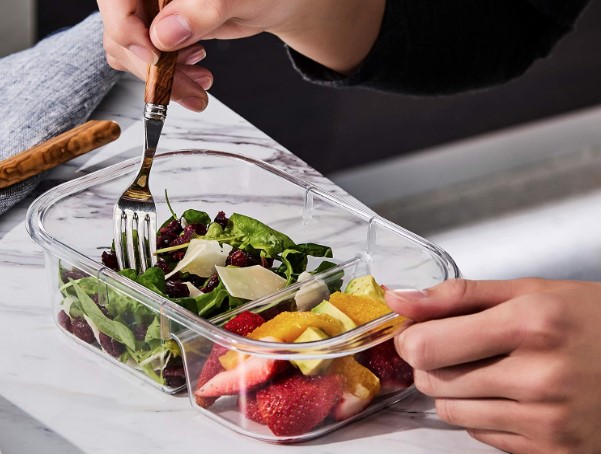
Best Meal Prep Containers of 2025
After testing and user feedback, these are our top picks for every lifestyle and budget.
🥇 Rubbermaid Brilliance Meal Prep Containers
- Material: Crystal-clear BPA-free plastic
- Features: Airtight lids with secure latches, splatter-resistant microwave vent
- Sizes: Available in various sizes and shapes
- Best For: Commuters, meal prep pros, gym-goers
Why It Stands Out:
The Rubbermaid Brilliance meal prep containers offer a sleek, stackable design with guaranteed leak-proof performance. The clear walls let you see what’s inside, and they’re stain- and odor-resistant.
🥈 Glass Compartment Food Storage Containers
- Material: High-grade borosilicate glass
- Features: 3 compartments, airtight snap-on lids
- Best For: Health-conscious users, oven-to-fridge-to-table convenience
Why It Stands Out:
These compartment food storage containers are perfect for separating proteins, grains, and veggies without mixing flavors. They’re oven-safe and ideal for home-to-office lunch setups.
🥉 BPA-Free Plastic Containers for Busy Schedules
- Material: Lightweight BPA-free plastic
- Features: Lidded sets with dividers, stackable trays
- Best For: Families, kids’ lunches, beginners
Why It Stands Out:
Affordable and practical, these containers come in value packs for meal prepping multiple meals at once. Great for large batch cooking on weekends.
Pros and Cons of Using Meal Prep Containers
✅ Pros
- Helps build healthy eating habits
- Saves cooking time during the week
- Keeps ingredients fresh longer
- Reduces food waste
- Ideal for portion control and calorie tracking
- Supports diet plans like keto, paleo, and vegetarian
❌ Cons
- Quality containers can be pricey upfront
- Glass containers are heavier and breakable
- Plastic containers may warp with heat over time
- Takes fridge/freezer space if prepping in bulk

How to Use Meal Prep Containers: A Step-by-Step Guide
Planning your meals and packing them properly is just as important as choosing the right container.
Step 1 – Choose Your Meals for the Week
Make a simple meal plan for 3–5 days. Choose dishes that store and reheat well, such as:
- Grilled chicken with rice and broccoli
- Pasta with meat sauce
- Quinoa salad with veggies and feta
Step 2 – Select the Right Storage Containers
Match the container type to the dish. Use:
- Glass containers for oven-friendly meals
- Plastic containers for cold salads or portability
- Compartment containers for meals with separate components
Step 3 – Prep, Portion, and Pack
- Cook all your ingredients in batches
- Let them cool before placing in containers to avoid sogginess
- Divide meals evenly using measuring cups or kitchen scales
Step 4 – Label and Store
- Use dry-erase markers or adhesive labels with dates
- Store meals in the fridge (up to 4 days) or freezer (up to 3 months)
- Arrange by day or meal type for quick grab-and-go access
Final Thoughts: Meal Prep Made Simple
Meal prepping is no longer just for fitness influencers or busy professionals—it’s for everyone. The right meal prep containers make this habit more convenient, hygienic, and effective. Whether you choose the stylish Rubbermaid Brilliance meal prep containers, durable glass options, or family-friendly BPA-free sets, organizing your weekly meals has never been easier or more enjoyable.
Frequently Asked Questions (FAQs)
For full meals, 28-32 oz containers are ideal. Smaller containers (8–12 oz) are great for snacks, dressings, or portioning sides.
Yes, Rubbermaid containers, especially the Brilliance line, are microwave-safe with vented lids to prevent splatters.
Absolutely. Most high-quality food storage containers are freezer-safe. Just leave space at the top for expansion.
Cool food before sealing, use vented lids, and store sauces separately using smaller compartments or containers.


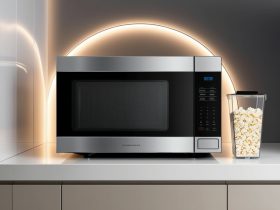
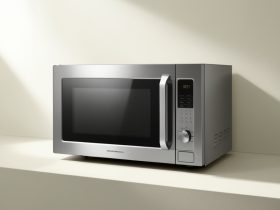
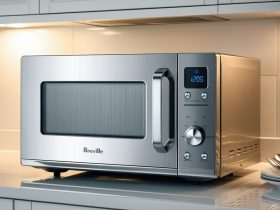
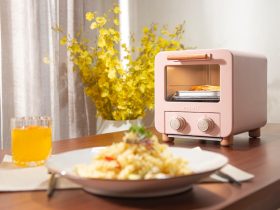
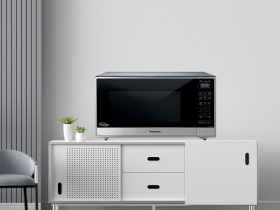
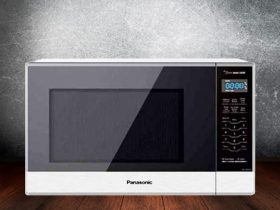
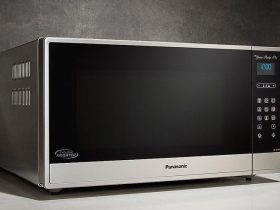
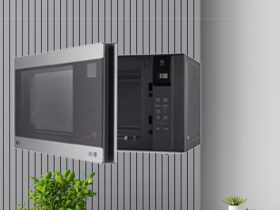
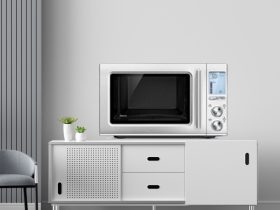
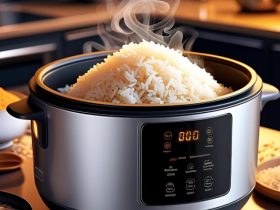

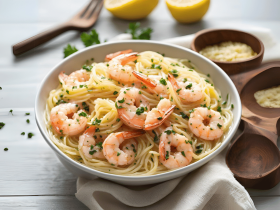
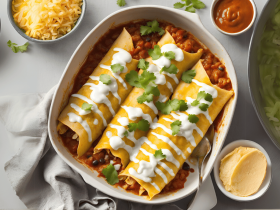
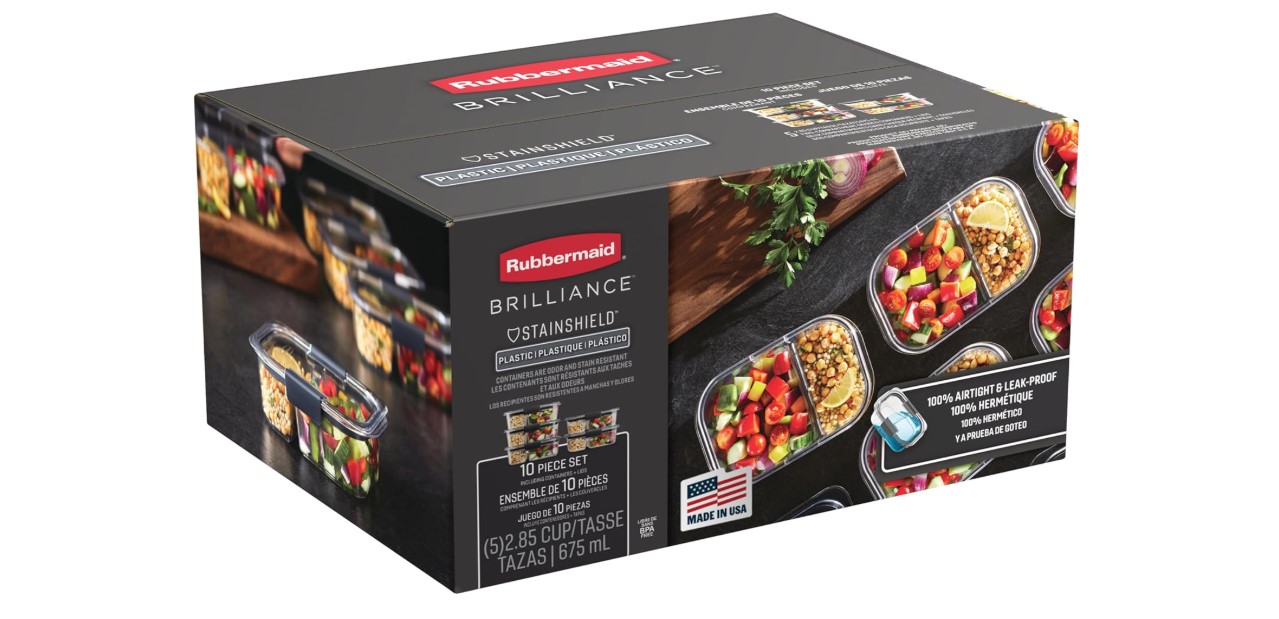
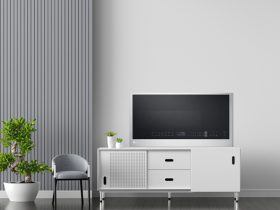
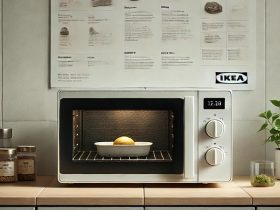
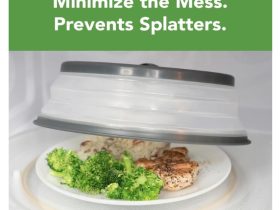
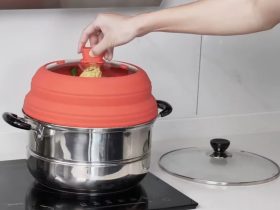
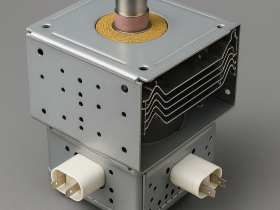
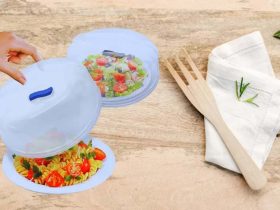
Leave a Reply